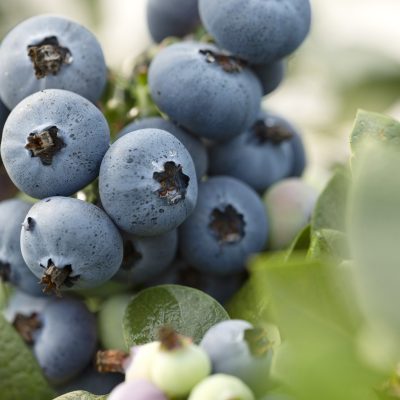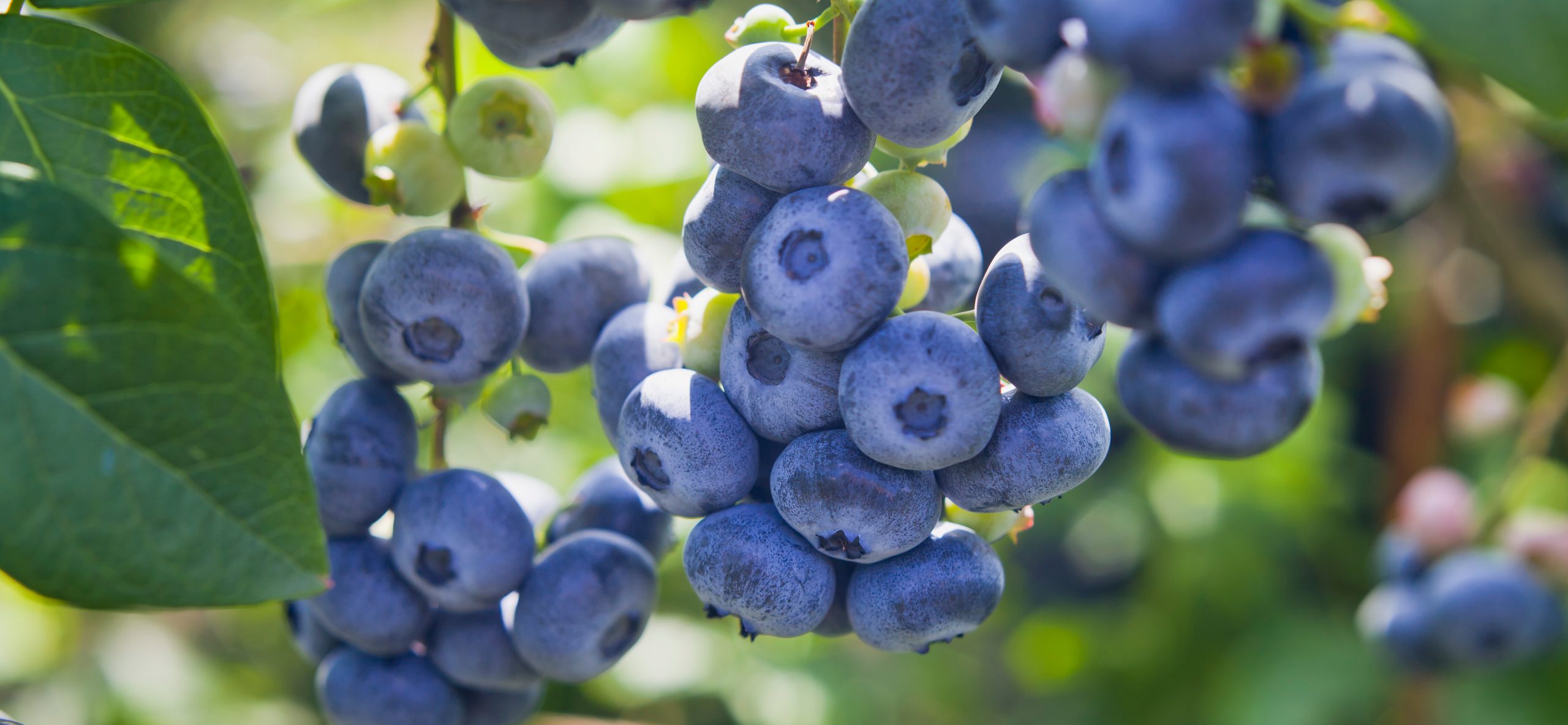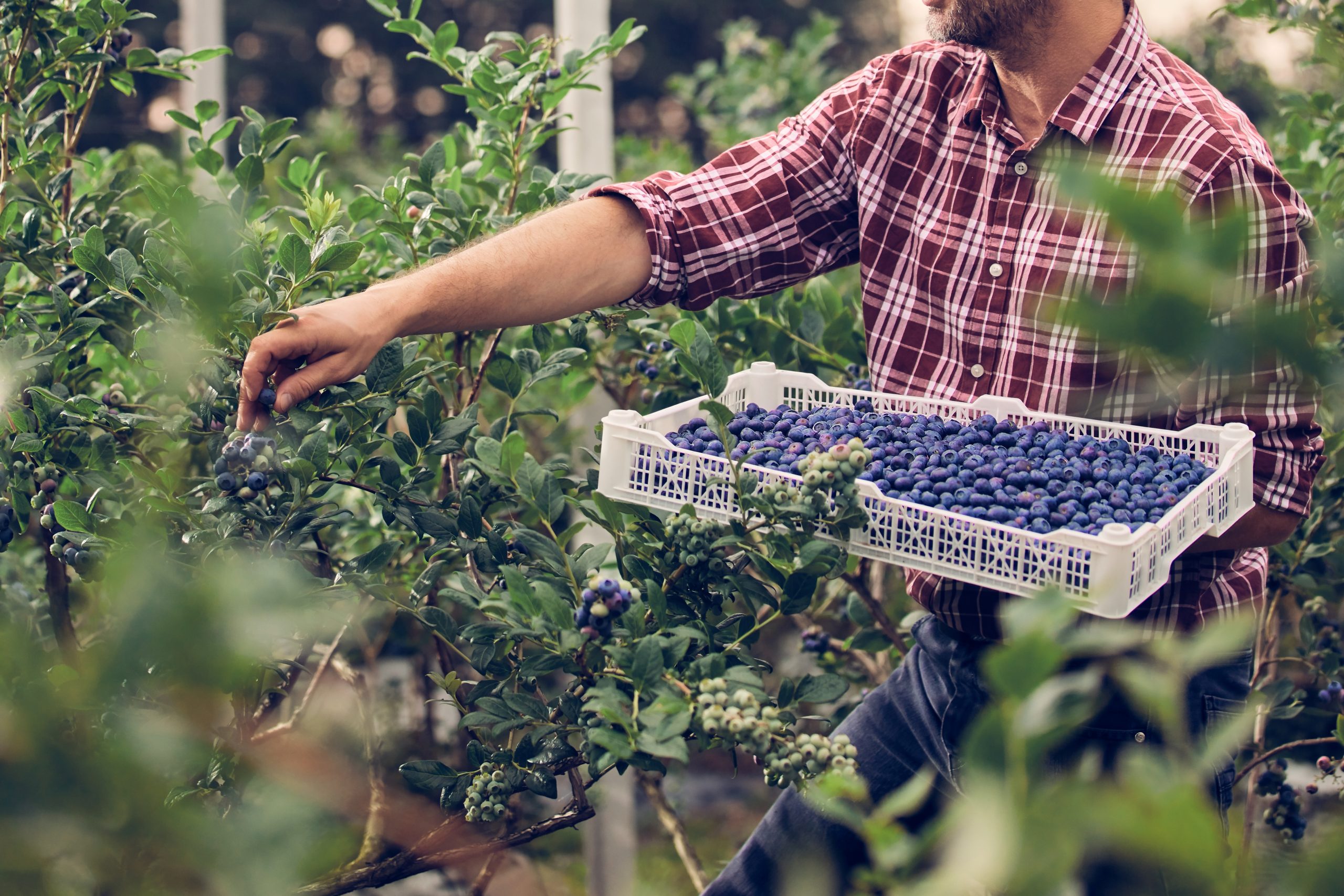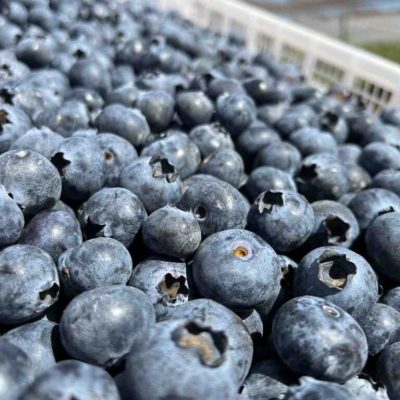Planting blueberries is a sweet investment
 Blueberries are becoming increasingly popular for their delicious and healthy fruit. Blueberries are known to have antioxidant properties that have been said to have anti-aging activity, promote healthy urinary tracts, improve vision and help fight heart disease.
Blueberries are becoming increasingly popular for their delicious and healthy fruit. Blueberries are known to have antioxidant properties that have been said to have anti-aging activity, promote healthy urinary tracts, improve vision and help fight heart disease.
With a little effort, these “wonder berries” can be produced by home gardeners throughout Georgia.
Blueberries are native to Georgia. One of the more important things to remember about planting blueberries is to plant more than one variety for cross-pollination to promote adequate fruit set.
Also, choosing varieties from the different ripening categories (early, mid, and late season) provides a broad harvest season.
Blueberry plants grow best in low pH soils with a range of 4.0 to 5.3; therefore, this is one plant that doesn’t need lime added unless a soil sample recommends it.
If the pH is too high, add sulfur before or after planting to lower the pH. Prepare the soil by adding organic matter such as peat moss, compost or fine-ground pine bark. Till a minimum area of 4 feet wide at least 8 inches deep to allow for a large root system.
Plant the blueberry bush at the same depth as the original container. If they are bare-root plants, not in soil, locate the soil line on the plant and plant at that depth. Blueberry bushes should be planted 5 to 6 feet apart. After planting, add a 4-inch-deep layer of mulch that extends 4 to 5 feet around the plant. Prune the bush to remove low, twiggy growth and all the flower buds and berries.
Do not apply any fertilizer at the time of transplanting. After leaves emerge and new growth begins (late March to early April), apply 2 ounces of a 4-8-8 or 1 ounce of 10-10-10 fertilizer per plant. Fertilize at the same rate again in May and July if sufficient rainfall occurs or irrigation is available.
There are three main types of blueberries produced in Georgia. In the northern part of the state, Northern highbush blueberries are grown. These are large, sweet blueberries.
The second type is the Southern highbush blueberries, grown by the commercial blueberry industry in Georgia.
These blueberries require a high amount of organic matter in the soil. They tend to ripen early and are favored more by deer and birds than some of the other types.
The blueberry best suited for the home gardener is Rabbiteye, which is native to Georgia.
The Rabbiteye varieties recommended by the University of Georgia Extension Service for the early season are Alapaha, Austin, Vernon, Climax and Titan.
The earliest ripening of these varieties are Austin and Climax. The newer varieties are Alapaha, Vernon and Titan.
Titan, released in 2011, has not become widely available but is the largest fruited Rabbiteye variety developed.
Midseason varieties are Brightwell, Powderblue and Tifblue. Late-season varieties Baldwin, Centurion, Ochlockonee. Baldwin and Centurion are recommended. Ochlockonee has medium-size berries with good eating quality and less pronounced seeds than varieties such as Austin and Brightwell.
Blueberries seldom require spraying for insects or diseases in most areas of the state.
Under good management, blueberry bushes will produce fruit the second or third year after transplanting.
By the sixth year, they can yield as much as 2 gallons of fruit per plant. The yield will continue to increase for several years as the plants get larger, if given the proper care.
Blueberry bushes planted in the fall season are a sweet investment for the future.






